Edinburgh Fringe: 'It does feel like a different sort of festival'
- Published
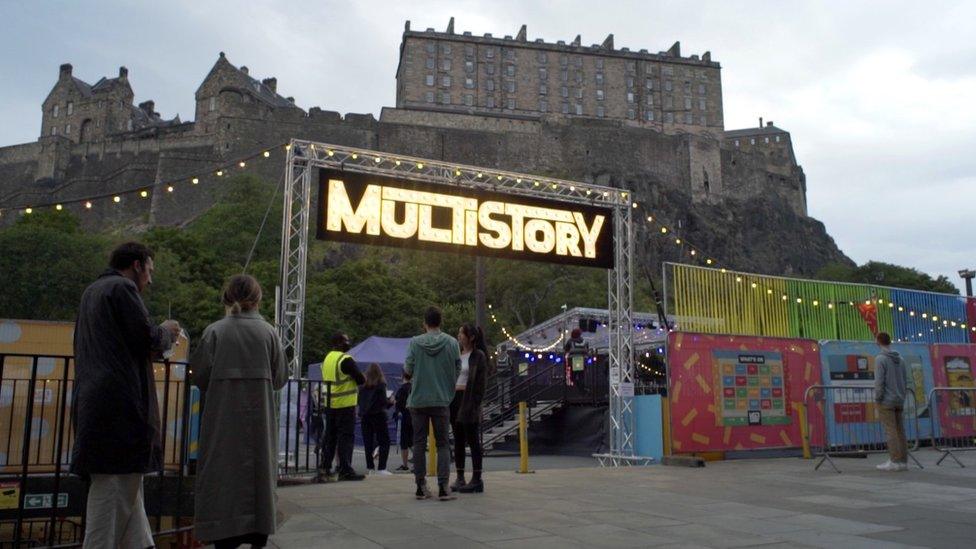
A car park beneath Edinburgh Castle is a two-tier Fringe venue
Eighteen months without a gig, and who could imagine the first offer would be in an Edinburgh car park?
Comedian Fred Macaulay voiced the bemusement we were all feeling last night, as members of the press and media sat down in our social distanced bubbles, for a short showcase of some of the 700 shows at this year's Edinburgh Fringe.
Admittedly, this is no ordinary car park. The NCP beneath Edinburgh Castle is listed for its concrete brutalism. It has a cameo in Trainspotting, and provides the mantra "change is possible" for the star crossed lovers in David Greig's play Midsummer.
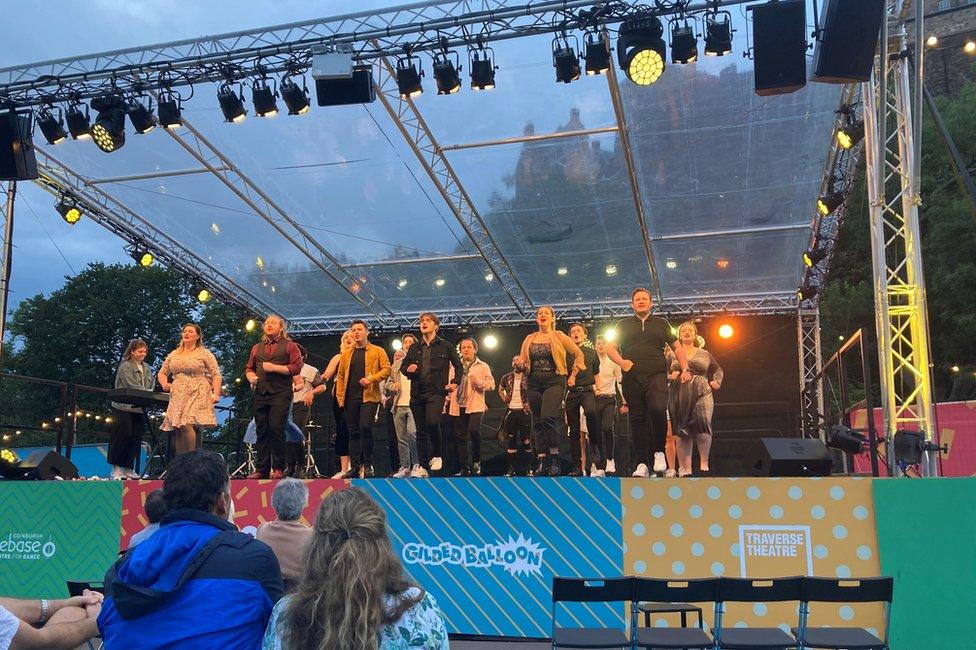
There are around 700 shows to choose from at this year's Fringe
But now it has become a fringe venue, the top two tiers transformed by four Fringe veterans - the Traverse, Gilded Balloon, Zoo and Dance Base.
Like most organisations, they've had to second guess the rules and regulations, hoping for the best but preparing for the worst. Multi Story is their response.
It may be a rough and ready setting (it is a car park) but it also has one of the most breathtaking views in the country, and beneath it a small stage where performers, who've spent the last year on Zoom can at last reach out to a real audience.
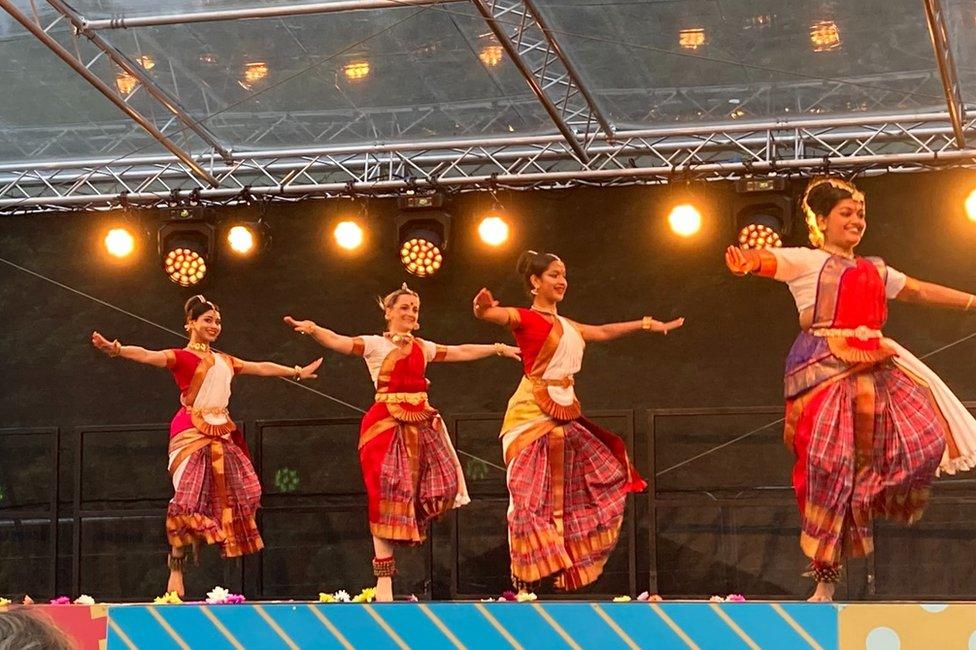
There are live performances, as well as online shows for audiences to attend
There are dancers from Shiva's Camino, who perform a medley of Scottish Ceilidh and Indian classical dance. Joyce Falconer revives her Play, Pie and Pint tribute to the King, in Aye Elvis, and there's not a dry eye in the house when the cast of Captivate Theatre perform Sunshine on Leith from the musical of the same name.
It does feel like a different sort of festival. A fraction of the size, with multiple rules and regulations. Normally by now, I'd be negotiating the first of twenty or thirty showcases, clashing and merging into one another. Instead, there are just a handful and at Multistory, a mere 45 minutes long.
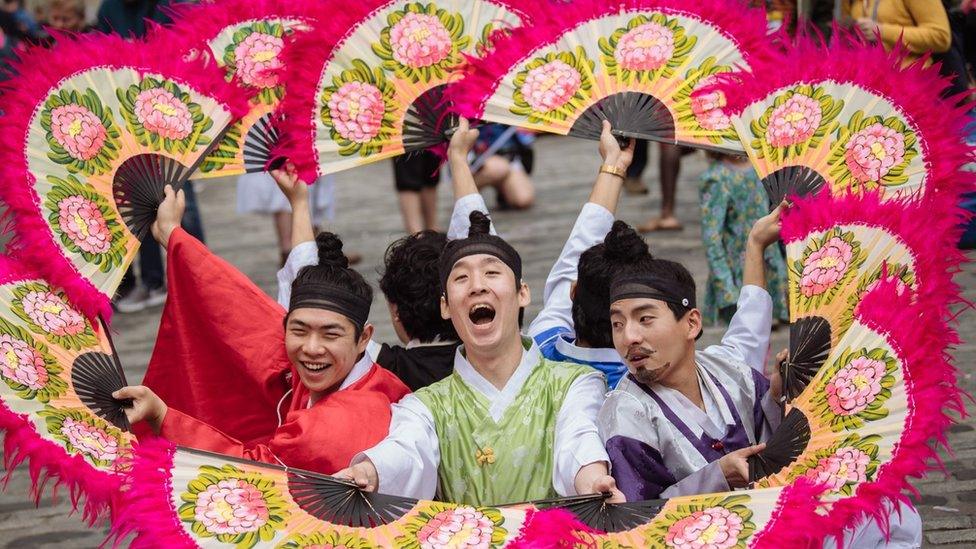
Street performances will take place in designated zones
There are no posters on the Royal Mile, no spontaneous performances, no flyers being handed out. The Fringe brochure is all online (as are a third of the shows) but so is promotional activity. #tweetthemedia brings a slew of shows from around the world being presented at the Fringe this year. Reviewers have no excuse if the show is online and available at any time of day or night.
Even the street performers are being corralled into designated performance zones where the restricted audience can be safely distanced. The Fringe Society argue it's in the street performers' interest. The audience is more likely to stay for the show, and dig deep for the performance.
It's a tentative return. Organisations are wary about the risks - to health and finance.
This industry has not been immune to the havoc the pandemic has wreaked. If anything it has been hit harder, yet forced to smile and keep on entertaining the crowds.
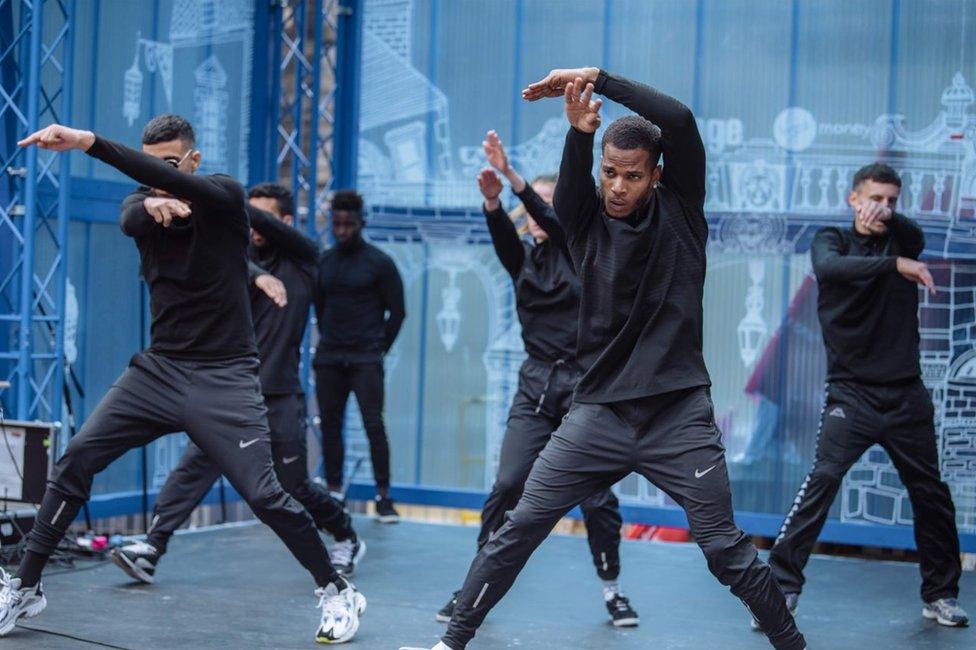
Performers will be looking forward to staging shows in front of live audiences again
Few will break even, let alone make a profit, and the Scottish government's Gateway Fund has been vital in allowing organisations to find new ways to work, and new places to perform.
Whether that's veteran Fringe company Grid Iron reviving Doppler, the show they intended to stage a year ago (and then filmed, and then made a documentary about the process) or a newer company Disaster Plan working with Slung Low and Traverse Theatre to make an outdoor work about mourning on Silverknowes Beach. For many, online is the only viable option.
Newcomers like Flow Stage Productions, who are based in Glasgow, will launch their show tonight, like so many others, but online on the other side of the country.
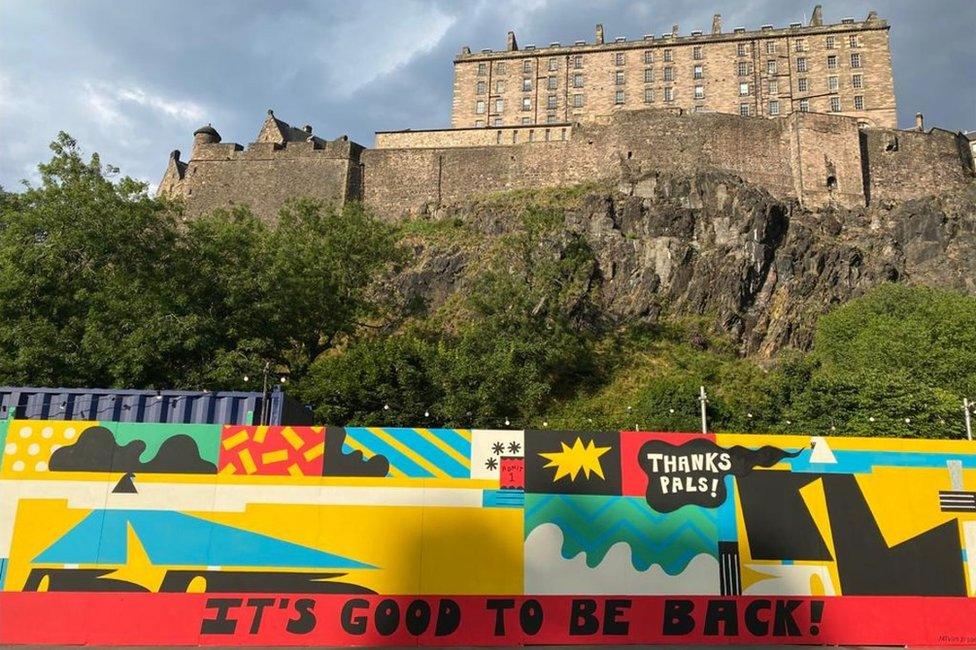
The Fringe is one of five summer festivals returning to Edinburgh this year
It's still not possible to go to every show on offer but at least you can read through the list without making your eyes wobble. By my count, there are at least six an hour, and once all five summer festivals (international, art, film, book, and fringe) are up and running, it's going to be even busier.
But it's a reminder, ahead of the 75th anniversary of Edinburgh's festivals, of what's important. Those original shows were staged without fuss, huge budgets, or international travel. They also came at a time when art and entertainment was never more needed, and it's happening again in 2021.